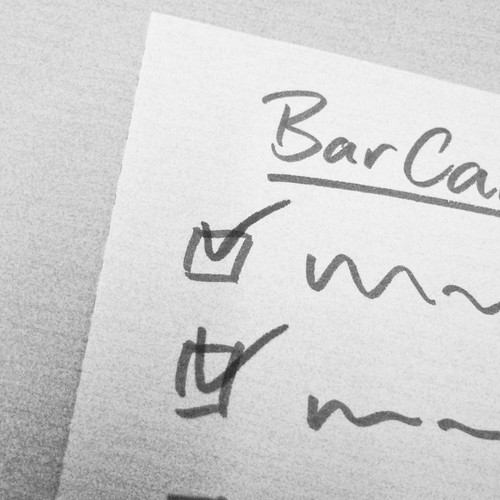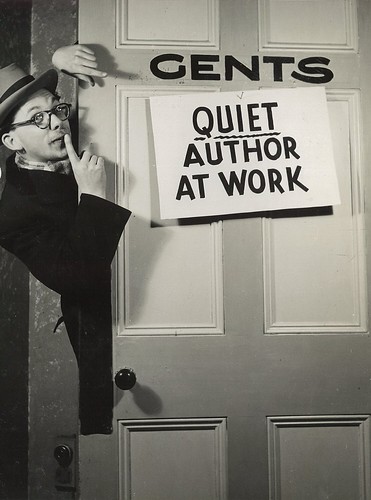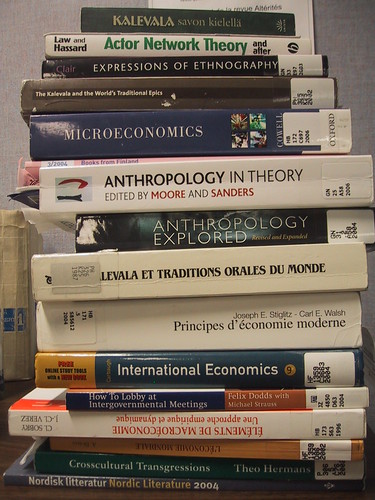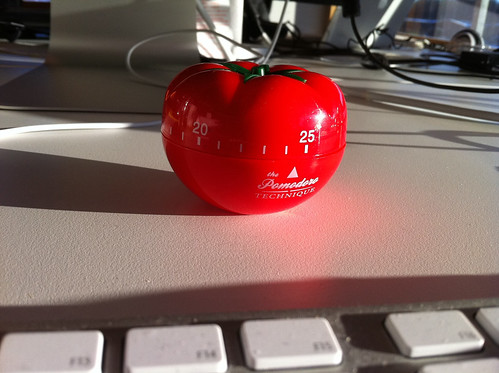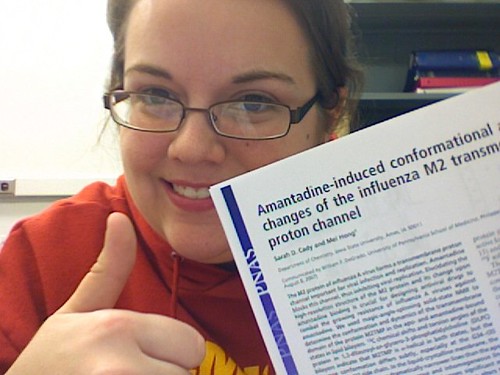As we close in on 2011, it is time for me to do my year-end review. This process provides the space for me to assess my progress and take pride in my accomplishments.
Every year in December, my department chair sends a note around asking faculty to compile their annual reviews. The purpose of these reviews is to assess merit pay. In the past few years, raises have been few and far between. Nevertheless, I actually look forward to doing my annual review.

I find it rewarding to look over the past year and take stock of all I have accomplished. In academia, we often are looking forward to the next deadline or brooding over the latest rejection. There are far too few moments when we permit ourselves to bask in our success. For me, annual review is one of those times.
This year, for example, my annual review permitted me to reflect on the fact that I published two books in 2011 (Yo Soy Negro: Blackness in Peru
In academia, it is easy to feel as if we are not doing enough. For this reason, it is important to have a clear idea as to what we are and are not accomplishing. My annual review does allow me to report what I have submitted, had accepted, and has come into print. It does not, however, take into account the time I have spent reading and preparing for chapters and articles I have not completed, nor does it allow me to account for the countless hours I have spent analyzing my data. This is fine, though, as it serves as a reminder of the importance of finishing and submitting works for publication.
My annual review also does not allow me to report my political, personal, or advice blogging. Again, this is fine with me because I do not blog for the explicit purpose of advancing my career, much less with the expectation that I will get a merit raise for blogging. I blog because I derive satisfaction from it and because it provides plenty of other rewards. For me, it is crucial to be conscious of the fact that my institution does not explicitly value blogging and publishing in online formats.
Taking stock of the year also permits me to take into consideration what I have not accomplished. I had hoped to have completed my book on deportees in 2011. I have not finished the data analysis, and thus have not finished writing the book. The main reason for this is that I let other projects with firm deadlines take precedence. This was particularly the case during the Fall semester, when I barely worked on my book. Instead, I completed two solicited chapters for edited volumes and two co-authored articles and pulled together and delivered ten presentations.
There is no point in chastising myself for what I have not accomplished. However, it is crystal clear that I need to say “no” to new opportunities, no matter how enticing they look, if I am to finish my book in 2012. I still have to put the final touches on two co-authored articles, although I hope to finish those in January. I also have taken on a new project that is unrelated to my book. So, clearly, yes, I need to say “no” to any additional opportunities, and focus on finishing my book.
I encourage you to take the time as we close out 2011 to reflect on what you have and have not accomplished this year. Reflecting on and celebrating your accomplishments will also make it clearer what you need to accomplish in 2012.


